Massive protests have been taking place in Colombia. They began as a demonstration against the government’s intent to impose a new neoliberal tax reform. Violence by the state and the ruling party was unleashed indiscriminately in the main cities of the country. Even after Duque withdrew his bill from Congress on May 2, protests continued to grow. What exactly is happening? It’s been 9 days in a row of unprecedented massive protests, occurring in a context of deep social crisis. The government’s response was in line with what it has always done: use violence to impose conformity. But this time, an empowered citizenry has begun fighting back, starting a new stage in the historical conflict process.
Manifestations of the post Peace Accords phase
The people are no longer afraid: they have come to occupy the streets with remarkable organizational capacity and will to fight. The pro imperialist oligarch regime is tumbling and answering back with force. Meanwhile, it seems that there is no political articulation that can channel this anti system energy, build new leaderships and conduit the movement towards a new social force to produce a regime change. The much sought-after shift from a 21st century oligarchical regime to a popular or even a socialist regime seems to be on the horizon.
The deep crisis in Colombia and its roots
An oligarchic bloc has consolidated itself in power since 1948, providing continuity to anti-popular and repressive governments, carrying out strong and persistent policies in favor of a handful of powerful families. All of this, of course, is done the name of democracy.
The Colombian economy has long been based on dismantling the State through the privatization of strategic sectors such as energy, mining, communications and financial services. Anti-national interests, transnational looting and predation logic prevails. The Colombian government has expanded the exemptions and deductions for the big capital, which has accumulated profits in a staggering way, especially during the Uribe Vélez government (2002-2010). Control over capital flow is ineffective or non-existent. Small businessmen and middle classes have been left high and dry. The working class is unemployed, starved or overexploited, leaving many skeptics or opponents of the political system. The peasants are without land. The latifundio and the landowner dominate.
Colombia is one of the most unequal countries in the world, because of the very high and massive levels of poverty but also because of the concentration of wealth (and land) in few hands. Nearly half of its population is poor and more than 6.3 million had to leave their land after having survived massacres carried out by the army and paramilitaries and the glyphosate sprayed by Plan Colombia. Unemployment reached 14.5% this year. Half of the economy is informal. There are serious difficulties for vaccination. Infection outbreaks are going on, forcing partial closures of shops.
In this context, president Iván Duque (who had promised in his electoral campaign “More salaries, less taxes”) tried to carry out a new neoliberal tax reform. It would have been the third in his mandate and the sixth in ten years for Colombia. The aim was to satisfy the demands of the risk rating agencies, the IMF and the OCDE, to continue with the policy of unbridled indebtedness.
The reform was aimed to raise $ billion between 2022 and 2031 in new taxes and other fiscal devices. The people were supposed to pick up the bill for the crisis of Colombian capitalism. It was intended to increase VAT up to 19% on the basic family basket products, fuels, and agricultural inputs (a coup de grace for peasants and rural producers in benefit of multinational agribusiness companies); raises in prices of public energy, sewerage and gas services were also planned. It was proposed to expand the number of taxpayers. Municipalities were authorized to install urban tolls within cities and take a toll on motorcycles (a vehicle widely used by the popular classes). Even an Internet service VAT was assumed in the midst of the virtualization of work and education.
Did Duque and the ruling bloc suppose that this reform could be viable? Did Duque assume that the people didn’t know who was going to pay the costs? Nothing of the sort. In fact, the regimen expected that there was going to be resistance, but presumed that it was going to be easy to end it. But something changed.
Rebellion breaks out
The ruling class faces a new specter, and it seems that they only know to respond through the violence and militarization of the conflict. But now, the adversary is not an insurgent guerrilla army, nor is it easy to be demonized or reified.
People are mobilizing, creating and developing grassroots organizations. Massive and powerful public expressions of civil society organizations are being articulated. They discuss, establish action programs, express themselves in the streets, through marches, blockades, strikes and cultural manifestations creatively and sustained over time. The protesters are building a new experience, a new political culture.
Uribe hits the nail right on the head when he says that the dominant order is facing a “dissipated molecular revolution.” Until the 2019 mobilizations, the occupation of public space by popular protest simply did not occur on a massive scale. But a few months before the unleashing of the pandemic, “unparalleled numbers of Colombians have taken to the streets. After years of terror and fear, street scene occupation seems to be consolidating (something that has been common in other countries of the region for decades).” The pandemic came to freeze this scheme for a moment. Today that has undoubtedly been unleashed.
Violence at the root
Colombia is a democracy that has had 5 progressive presidential candidates assassinated since the beginning of the second half of the 20th century. At the turn of the century, the Colombian government had already lost control over half of its territory to powerful non-state actors. Civil war, paramilitaries, drug trafficking, and powerful revolutionary groups have all been part of the political landscape. More than 450,000 people have died because of the armed and political conflict between 1948 and 2018. Between 1984 and 2002, Colombian State and paramilitary organizations kidnapped, killed or disappeared around 5,000 members belonging to the legal FARC-affiliated Patriotic Union: a whole political party was annihilated. Between 2002 and 2008 during president Alvaro Uribe´s government, his military and paramilitary mates killed at least 2,300 non-belligerent civilians in extrajudicial executions by passing them as casualties in combat: the infamous “False Positives”. By 2008, Colombia turned to be the most dangerous place in the world for trade unionists. At that time about 60% of all trade unionists in the world were assassinated or disappeared in Colombia by state or paramilitary agents. More recently, the Institute for Development and Peace Studies (Indepaz) reported in February this year the murder of 1,140 social leaders since 2016. These are crimes carried out by security forces, extra-state actors and criminal armed groups that have the protection of the Government.
Meanwhile, in keeping with their vision, the government says that the protests are tied to the Marxist guerrilla opposition. That is clearly false. The FARC-EP and the ELN have not been directly involved in this rebellion. In any case, the power of the demonstrations far exceeds the capabilities of the insurgency.
The government is trying to underestimate and demonize the protesters along with the precious help of the big media. The former mayor of Bogotá, Enrique Peñalosa, said that “vandalism [understand protests] is being financed from Venezuela”. The ruling party has called for the “National Commotion” to be decreed. On Tuesday night in Cali, the internet was suspended in the typical style of dictatorships. Duque insists on seeking a consensus among elites, as a way to solve the subversive assault on the established order. Among the historical consensus of the elites, violence is at the top of the list. That is why the response of Duque and Uribismo was to leap forward, double the stakes and unleash violence. The realm of chaos is a domain of construction for them. They are the War Party. Keep in mind: Colombia ended up being the third-largest recipient of US military assistance at global scale, only behind Egypt and Israel. The Colombian state has been at war against an insurgency since the 1960s.
Although Uribe spoke out against the tax reform, he publicly demanded the use of lethal force against the protesters through his twitter account. This engendered a massive protest on the net demanding that the former president’s account be blocked. Álvaro Uribe tweeted: “Let us support the right of soldiers and police to use their weapons to defend their integrity and to defend people and property from the criminal action of vandalism terrorism.” The company deleted his tweet, alluding that he violated the company policy by “glorifying violence” against protesters during the first days of unrest.
Chaos creates a favorable situation for criminal organizations. They can operate better in what they do and sum up new functions, e.g. assisting repression. In Cali, a truck loaded with people approached a street sector full of protesters. Some people got out of the truck and started firing lead bullets at them, and then escaped. Nobody stopped them. In Pereira, a car stopped next to a big group of protesters. A young physical education student was shot with eight bullets and died. WhatsApp chains circulated in Palmira declaring 10 young city leaders as military targets threatening them with death. It was a terrorist action carried out by a paramilitary group calling themselves the ‘Black Hand’. The examples multiply, the methods vary. State and criminal organizations interpenetrate with each other. The environment is conducive to its development and evolution.
In the meantime, at least 37 people have been killed since April 28. There are hundreds of clashes with security forces day to day across the country. There are more than 1,000 detainees, many of them had been sexually assaulted or tortured. The Search Unit, an organization responsible for finding people considered missing in the context of the armed conflict, registered 379 disappeared persons during the National Strike.
General Strike
Unions, social movements, civil organizations, peasants, students, staged a general strike called for April 28. It was a day of massive, diverse and national scale political actions that never ceased to increase in participation, reaching 8 days of mobilizations and still marching on. The protests, which were mainly urban, were massive in Bogotá, Cali, Medellín, Barranquilla and Cartagena. The brutal repression unleashed by the ESMAD transformed the outrage into irrepressible fury where youngsters were the protagonists. The president sought to militarize the public space. This sparked more resistance. The list of petitions went from the fight against the reform, to demanding an effective response and solution to health, employment, housing and hunger problems.
Cali, the third urban center in the country, became a symbol of resistance. It is the capital of the department of Valle del Cauca. Barricades and blockades have effectively paralyzed transport and economic activity there. With more than two million inhabitants, it turned into a receiving point for thousands of displaced peoples by violent paramilitary groups in the Pacific region, Buenaventura, Cauca, Nariño and El Choco. The city has always spoken out against the extreme right. It is an anti-Uribista territory.
On May 4, the peak of the conflict moved to Bogotá, where a pitched battle took place between protesters and the repressive forces. On May 5, there was another great national mobilization day. Progressive and leftist parties started a round of dialogues with the president, but they don’t represent the protests. In the best of cases, they are part of the protest, but a part that by far cannot drive nor interpellate the rebel masses. As this work was going to press indigenous movements were marching to Bogotá.
Ten months remain for the parliamentary elections and one year for the presidentials. The withdrawal of the reform is undoubtedly a political and symbolic defeat for the ruling party and the President Duque. In the midst of the Covid crisis, this could scare off allies in Congress. Members of the ruling Democratic Center party already criticized the proposal. No congressman would like to be associated with a tax increase. Not even Uribe, who argued that it would be necessary to go for a “social and moderate tax reform agreed with majorities.”
The Historic Pact coalition, led by Gustavo Petro and Iván Cepeda, may come out stronger. Their parliamentarians led the opposition to the reform from the institutional point of view and supported the national strike.
Duque called the leaders of the national strike to negotiation talks. But there are no such figures. There are base leaders, that are at the front of multiple and diverse small organizations, but articulated in the streets, in the dynamics of the massive conflict, going beyond the institutions, occupying the public space, they give birth to a colossal popular monster. Just another demonstration of the capabilities of the Latin American masses. But also, it is the ratification that in Colombia there is still no party that can dispute power to the oligarchic bloc.
Everything is in motion; everything changes day by day. The painful land of García Márquez makes a new cry, where a raging massacre heralds the looming revolution.





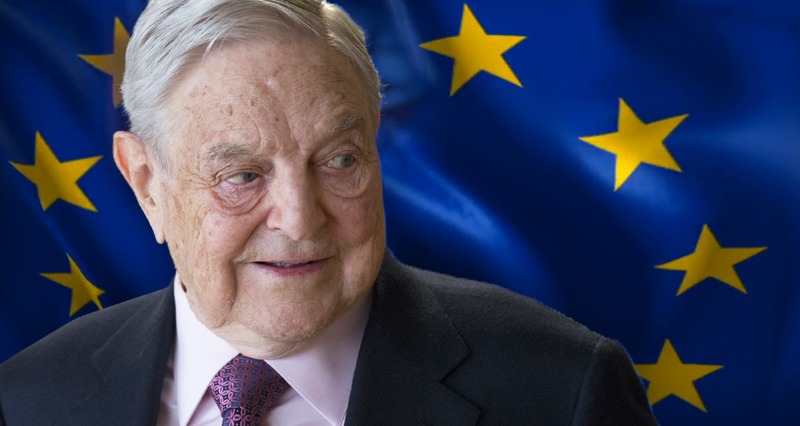

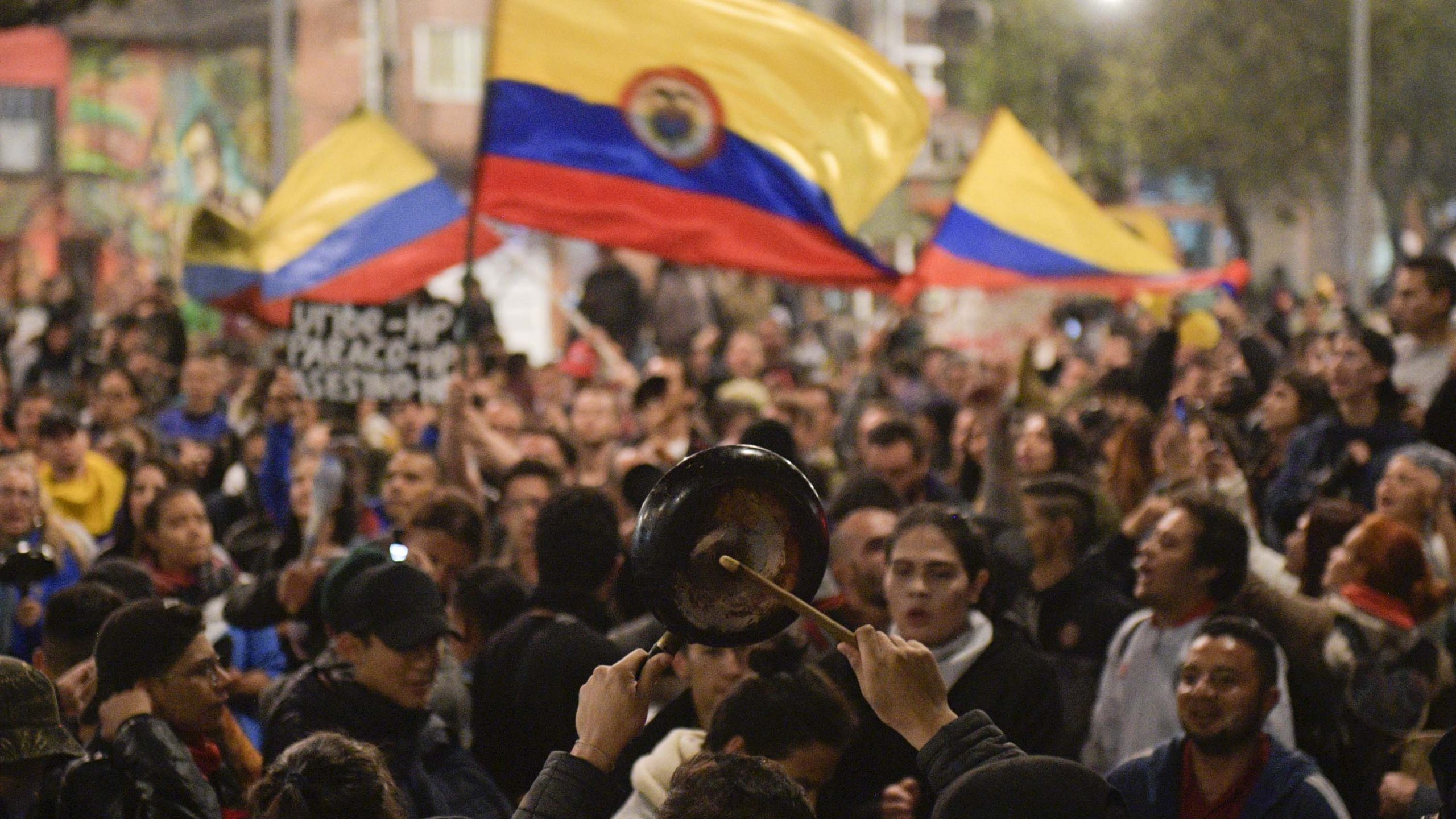
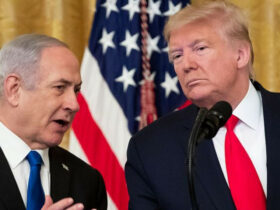
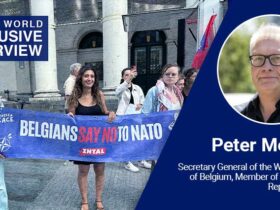
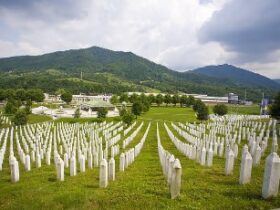
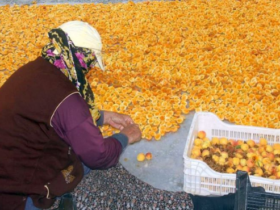
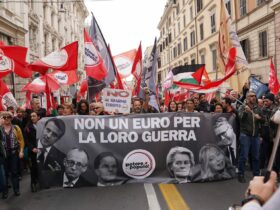
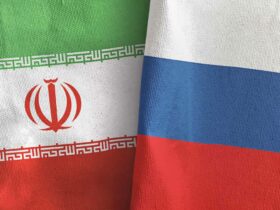
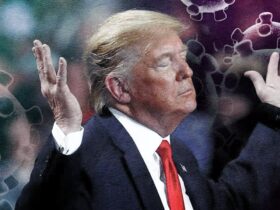
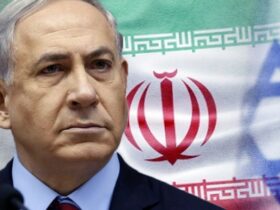

Leave a Reply